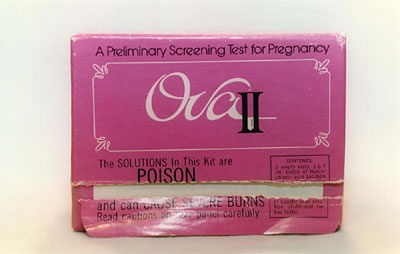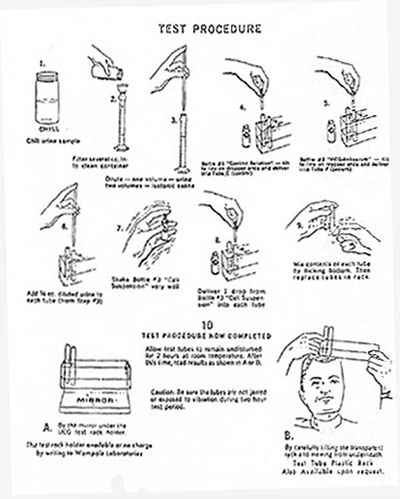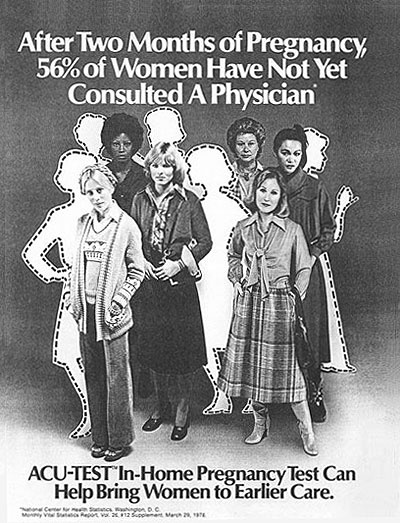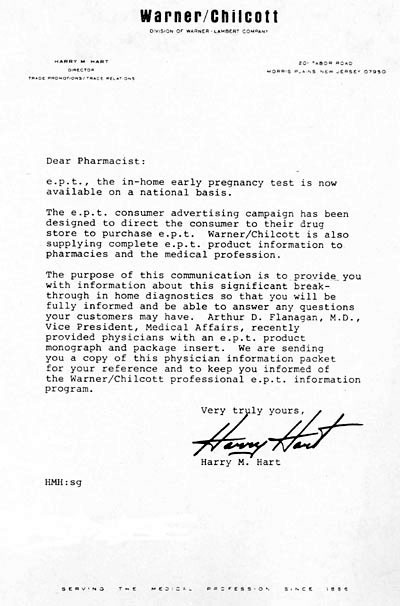...
A. R. Midgley described the first radioimmunoassay for hCG, but the test still could not differentiate between hCG and luteinizing hormone. Several other laboratories reported improvements on this test, but did not solve this basic problem.
1970-2003
| Div | |||||
|---|---|---|---|---|---|
| |||||
|
...
|
1970-1972
Scientists at NIH learned more about the properties of hCG. They were specifically interested in which parts of the hormone showed biologic activity. Using various methods, they identified two subunits of hCG and focused on the beta-subunit. They found that the beta-subunit is where the immunologic and biologic specificity of hCG resides (what makes it different from other hormones). Using animal models, they took advantage of this discovery to develop a specific antiserum for measuring the hormone in humans.
...
The first edition of Our Bodies, Ourselves, the women’s health manual written by the Boston Women’s Health Collective, noted that available pregnancy tests were most accurate if done two weeks after the missed period. Though the authors insisted that instructions for “collecting and submitting your urine are simple,” modern readers might disagree. “Drink no liquids after dinner the night before,” the text instructed, “then as soon as you awake in the morning collect a urine sample in a clean, dry, soap-free jar and take it to a laboratory.” Another possibility was sending the urine sample to a laboratory in North Carolina, after first writing to request the test kit.
...
| Div | ||||||||||
|---|---|---|---|---|---|---|---|---|---|---|
| ||||||||||
|
1976
FDA approval was sought by Warner-Chilcott for e.p.t, the “Early Pregnancy Test” later known as the “Error Proof Test.” e.p.t would become the first home pregnancy test kit on the market in the United States. The makers of e.p.t worked with the FDA to meet all the requirements of the 1976 Medical Devices Act. (The new regulations divided medical devices into three classes depending on potential for harm and misuse.) Approval was also granted to three other tests that were deemed “Substantially equivalent:” Predictor, ACU-TEST, and Answer.
...
Taking the test at home, noted a 1979 article in Family Planning Perspectives, both protected the privacy of a woman who might not want her doctor to know she is sexually active and gave women a new opportunity to take an active role in their own health care.
| Div | |||||
|---|---|---|---|---|---|
| |||||
|
...
|
...
|
...
|





